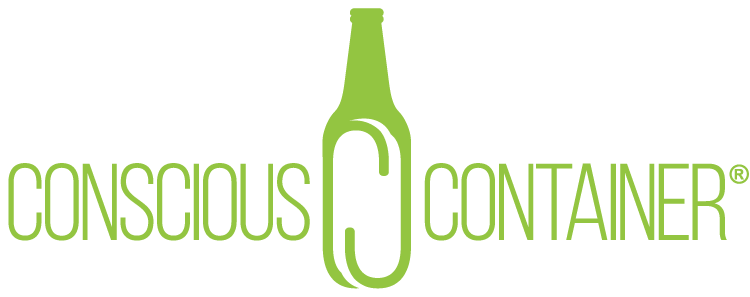The History of Refillable Bottle Systems in the U.S.
95% of BOTTLES USED TO BE RETURNED FOR REFILL. WE DID IT BEFORE, WE CAN DO IT AGAIN!
Refillable bottle systems in the United States may seem like an idea from a brave new, sustainable world, but the practice is actually a blast from the past.In the 1800s, glass bottles were handmade and, therefore, expensive. It was common for people to return their glass containers after they’d emptied them.
By the 1920s, as the soda industry began to boom, bottle deposit programs did too, offering about two cents back to consumers who returned their glass bottles.
With the dawning of World War II and its associated material shortages, these programs grew even further, and bottle loss decreased to less than 5%.
As time passed, however, changes to the industry and in society saw many businesses turning away from this proven model. While technological advances made disposable bottles more ubiquitous, social and economic changes in American households fueled new buying patterns.
Today, as sustainability becomes an increasing imperative for both businesses and consumers, many are returning to refillable bottle systems as a solution that was far ahead of its time.
The world’s largest brewer, Anheuser-Busch (or ABInBev) is already on board and has committed to producing 100% of its products in packaging that is returnable or made from majority recycled content by 2025. ABInBev joins businesses in 94 countries already using bottle refilling systems, including Germany, Mexico, the Philippines, and Indonesia.
From large corporations to small independent shops around the globe, the practice of returning and reusing glassware is going back to its roots—and it’s about time.

